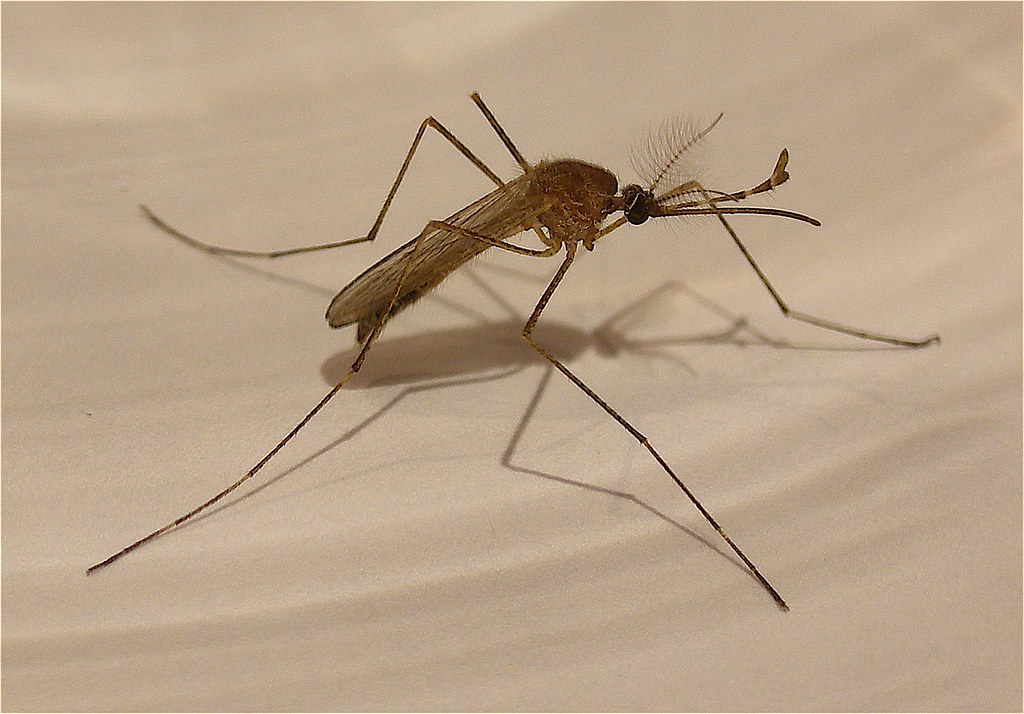The moment you step out of your car near Lake Superior on a humid July evening, you hear it – that familiar high-pitched whine that makes your skin crawl. But something’s different here. The mosquitoes aren’t just annoying; they’re relentless, almost aggressive in their pursuit. These northern bloodsuckers seem to possess a supernatural ability to find exposed skin through the thickest bug spray, and they attack with a ferocity that makes southern mosquitoes look like gentle butterflies.
What makes Great Lakes mosquitoes so particularly vicious? The answer lies in a perfect storm of environmental conditions, evolutionary adaptations, and sheer numbers that would make any entomologist both fascinated and terrified. These aren’t your average backyard pests – they’re specially adapted warriors of the insect world, forged by harsh winters and explosive summers into some of North America’s most formidable biters.
The Great Lakes Advantage: A Mosquito Paradise
The Great Lakes region offers mosquitoes everything they could possibly want in a breeding ground. With over 10,000 square miles of freshwater surface area, countless wetlands, and millions of acres of forest, it’s essentially a five-star resort for blood-sucking insects. The massive bodies of water create microclimates that maintain perfect humidity levels throughout the mosquito season.
These lakes don’t just provide water – they create weather patterns that mosquitoes absolutely love. The thermal mass of the Great Lakes moderates temperatures, preventing the extreme heat that might otherwise limit mosquito activity. During summer evenings, warm air rises from the sun-heated land while cooler air flows in from the lakes, creating perfect conditions for mosquito flight and feeding.
The shoreline complexity of the Great Lakes adds another layer to this mosquito paradise. Thousands of bays, inlets, marshes, and protected coves provide ideal breeding sites that are sheltered from strong winds but still connected to the larger water systems. It’s like having countless mosquito nurseries all linked together in one massive network.
Winter Survivors: The Evolutionary Edge
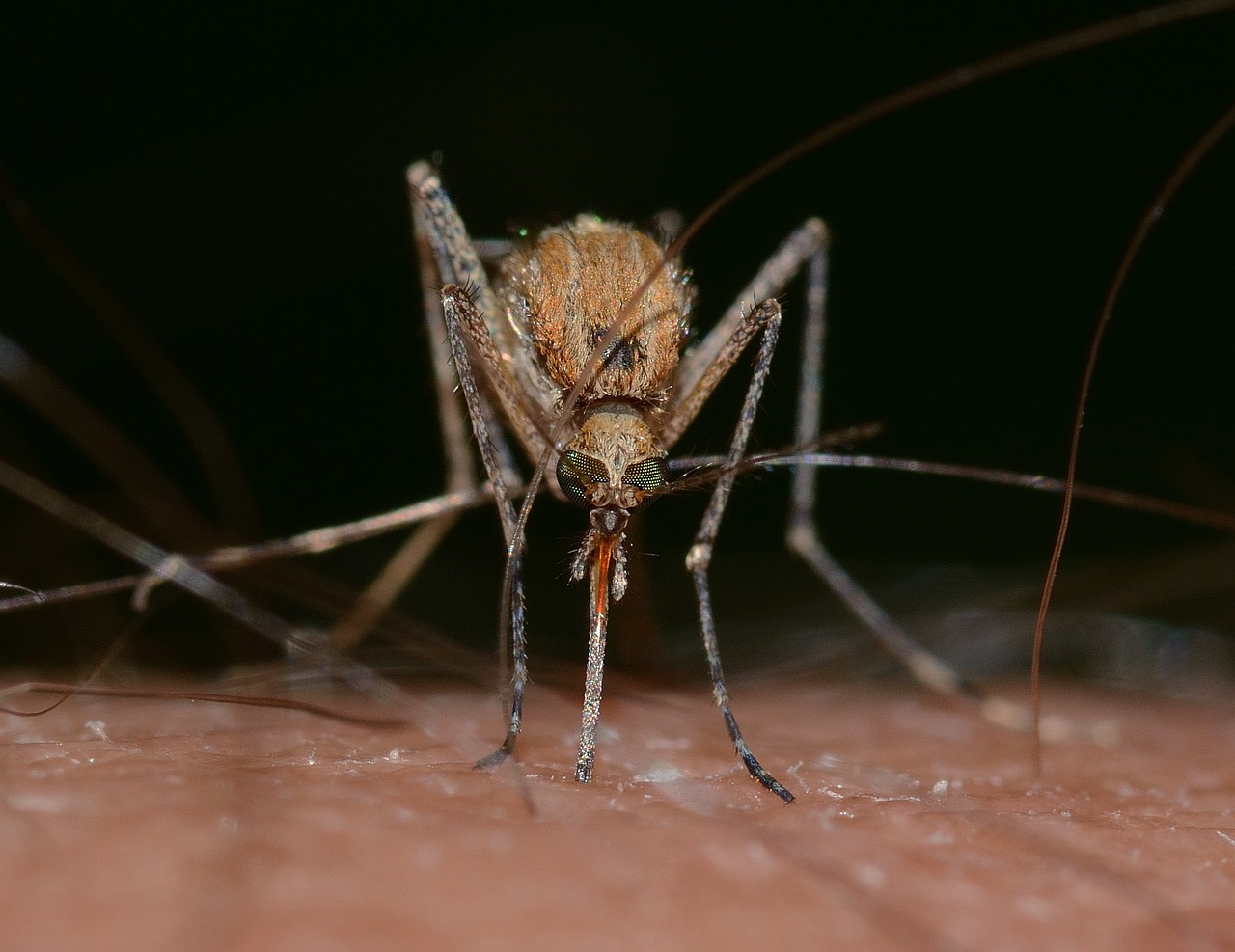
Great Lakes mosquitoes have evolved under some of the harshest winter conditions in North America, and this has created insects that are remarkably resilient and aggressive. These mosquitoes must survive months of sub-zero temperatures, which has selected for only the toughest, most adaptable individuals over thousands of generations.
The species that thrive here, like Aedes vexans and Culex pipiens, have developed sophisticated overwintering strategies. Some hibernate as adults in protected locations, while others survive as eggs that can withstand being frozen solid for months. When spring arrives, these survivors emerge with a vengeance, ready to make up for lost time.
This evolutionary pressure has created mosquitoes that are incredibly efficient at finding blood meals and reproducing quickly. They’ve learned to maximize every feeding opportunity because they know winter is always coming. It’s like they’re constantly operating in survival mode, which translates to more aggressive behavior and persistent attacks on their victims.
The Spring Explosion: Timing is Everything
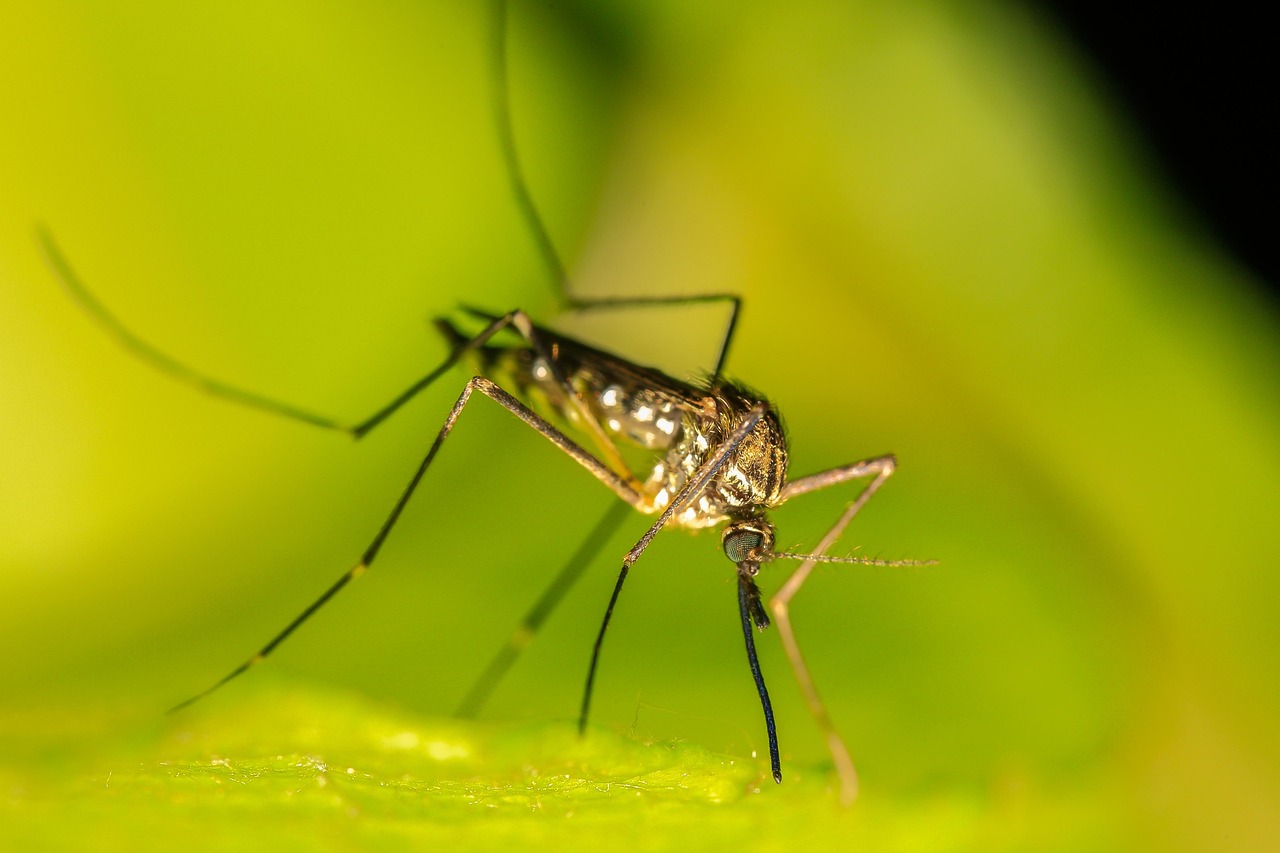
When spring finally arrives in the Great Lakes region, it triggers one of nature’s most spectacular – and terrifying – population explosions. The combination of snowmelt, spring rains, and warming temperatures creates millions of temporary breeding sites almost overnight. Every puddle, every flooded field, every water-filled tire becomes a mosquito factory.
This isn’t a gradual emergence like you might see in warmer climates. It’s an all-out assault where multiple generations of mosquitoes emerge simultaneously from their winter refuges. The first warm days of spring can see mosquito populations increase by factors of thousands in just a few weeks.
The synchronicity of this emergence is what makes Great Lakes mosquitoes so overwhelming. Instead of dealing with a steady trickle of mosquitoes throughout the season, you’re hit with wave after wave of hungry insects all at once. It’s like facing an army that’s been mobilizing all winter and is now ready for battle.
Size Matters: The Northern Advantage

Great Lakes mosquitoes are often noticeably larger than their southern cousins, and this size difference translates directly to their ability to inflict memorable bites. The cooler climate and extended development time allows mosquito larvae to grow larger before pupating, creating adult mosquitoes that are more substantial and capable of delivering more painful bites.
Larger mosquitoes have bigger proboscises, which means they can penetrate skin more easily and access blood vessels more effectively. They’re also stronger fliers, able to battle through wind and vegetation that might deter smaller species. This size advantage makes them feel more aggressive simply because they’re more successful at reaching their targets.
The extended larval development period in cooler northern waters also allows these mosquitoes to accumulate more energy reserves. This means they can be more persistent in their attacks, circling back repeatedly even after being swatted away. They’re literally built to be more tenacious than their smaller southern relatives.
Species Diversity: A Mosquito Convention
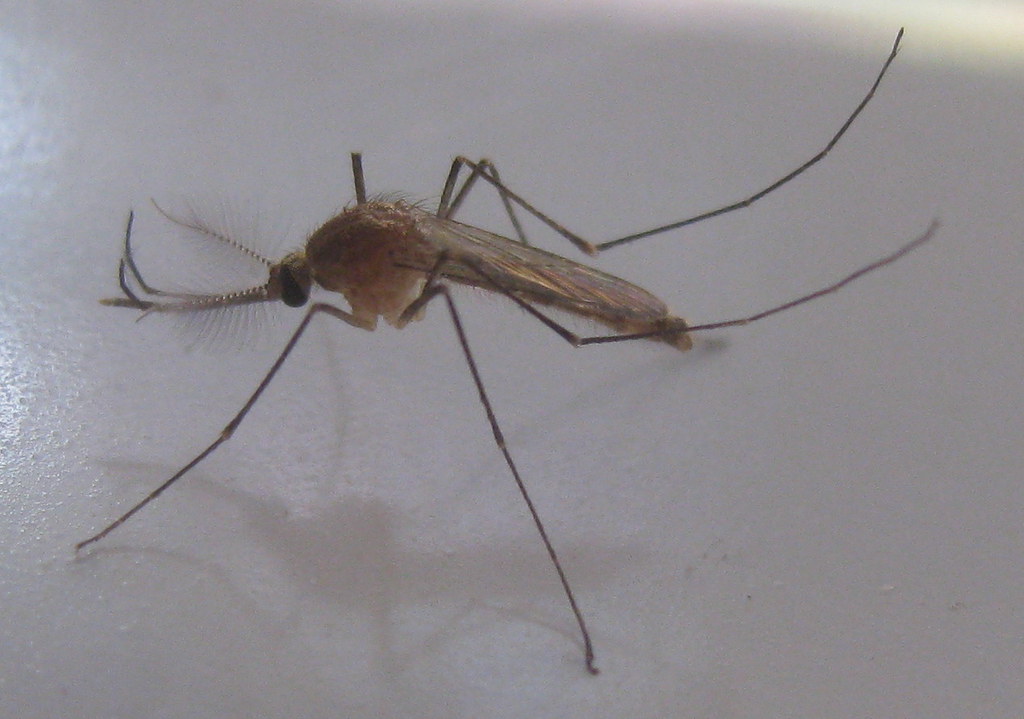
The Great Lakes region hosts an impressive diversity of mosquito species, each with its own preferred habitat and feeding behavior. This diversity means that no matter where you go or what time of day it is, there’s likely a mosquito species perfectly adapted to make your life miserable.
Some species, like the northern house mosquito (Culex pipiens), are active mainly at dusk and dawn, while others, such as the aggressive Aedes mosquitoes, will attack throughout the day. The floodwater mosquito (Aedes vexans) emerges in massive numbers after heavy rains, while woodland species lurk in shaded forest areas where bug spray is less effective.
This species diversity creates a tag-team effect where different mosquitoes take turns tormenting their victims throughout the day and season. Just when you think you’ve figured out the pattern of one species, another takes over with completely different behaviors and preferences.
The Wetland Factor: Breeding Ground Bonanza
The Great Lakes region contains some of North America’s most extensive wetland systems, and these marshy areas are absolutely perfect for mosquito reproduction. Unlike temporary puddles that dry up quickly, wetlands provide stable breeding habitat that can support multiple generations of mosquitoes throughout the summer.
These wetlands are incredibly productive ecosystems where mosquito larvae can find abundant food in the form of bacteria, algae, and organic matter. The shallow, warm water areas are ideal nurseries, while the deeper sections provide refuge for adult mosquitoes during the heat of the day. It’s like having a mosquito city with residential, commercial, and industrial districts all in one place.
The vegetation in these wetlands also plays a crucial role in mosquito success. Cattails, sedges, and other aquatic plants provide perfect resting spots for adults while also creating wind-protected microenvironments where mosquitoes can be more active. The complex structure of wetland vegetation creates countless hiding spots where mosquitoes can ambush unsuspecting victims.
Forest Canopy: The Mosquito Underground
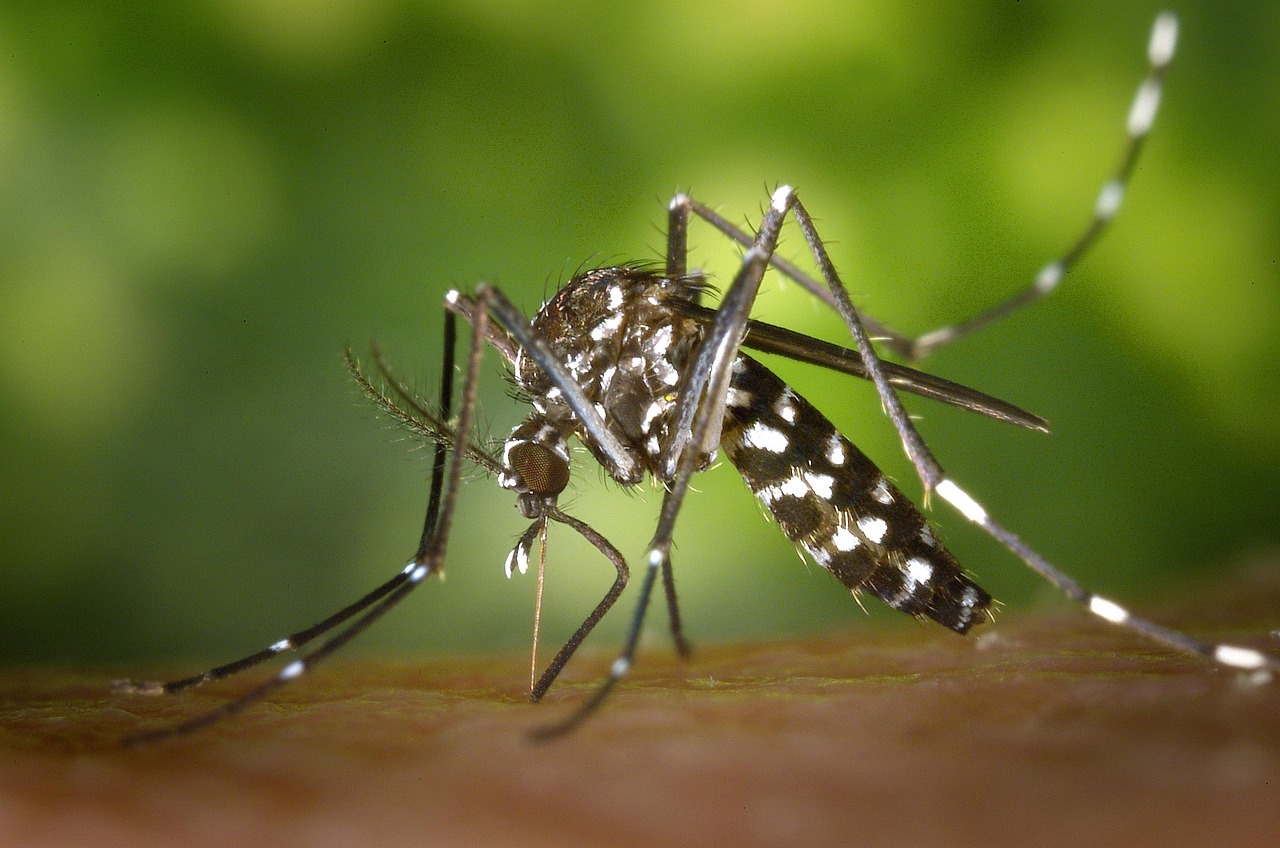
The dense forests surrounding the Great Lakes create a unique mosquito habitat that’s particularly challenging for humans. Under the forest canopy, conditions remain humid and protected from wind, creating perfect conditions for mosquito activity throughout the day.
Forest mosquitoes have adapted to take advantage of the dappled light and protected environment. They tend to be more persistent and aggressive than their open-area cousins because they’ve evolved to make the most of every feeding opportunity in an environment where hosts might be scarce. When a warm-blooded animal does wander into their territory, they attack with coordinated precision.
The forest floor also provides countless breeding sites in the form of tree holes, fallen logs, and small pools of water collected in depressions. These microhabitats are often overlooked by mosquito control efforts, allowing forest populations to build up to impressive numbers before spilling out into more open areas.
Climate Change: Making Bad Worse
Climate change is already affecting Great Lakes mosquito populations in ways that are making them even more problematic. Warmer temperatures are extending the mosquito season, while changing precipitation patterns are creating more of the temporary flooding events that mosquitoes love for breeding.
The warming climate is also allowing southern mosquito species to expand their ranges northward, bringing new behaviors and disease risks to the Great Lakes region. These invasive species often lack the natural predators that keep them in check in their native ranges, allowing them to establish explosive populations.
Perhaps most concerning is how climate change is affecting the timing of mosquito emergence relative to their natural predators. If mosquitoes emerge earlier in the spring before their predators are active, or if they remain active later into the fall, they face less natural population control. This creates a perfect storm for even larger and more aggressive mosquito populations.
The Predator Problem: Missing Control Mechanisms
While the Great Lakes region has some natural mosquito predators, the sheer scale of mosquito production often overwhelms these natural control mechanisms. Dragonflies, bats, and birds can only consume so many mosquitoes before they’re simply outnumbered by the emerging hoards.
The timing mismatch between mosquito emergence and predator activity is a significant factor in Great Lakes mosquito success. Many predators are still inactive or haven’t reached peak numbers when the first waves of mosquitoes emerge in spring. By the time predator populations build up, multiple generations of mosquitoes have already established themselves.
Human development has also disrupted many natural predator habitats while creating new mosquito breeding sites. Urbanization removes bat roosts and bird nesting sites while adding storm drains, abandoned containers, and other artificial breeding habitats that favor mosquitoes over their natural enemies.
Blood Chemistry: The Northern Preference
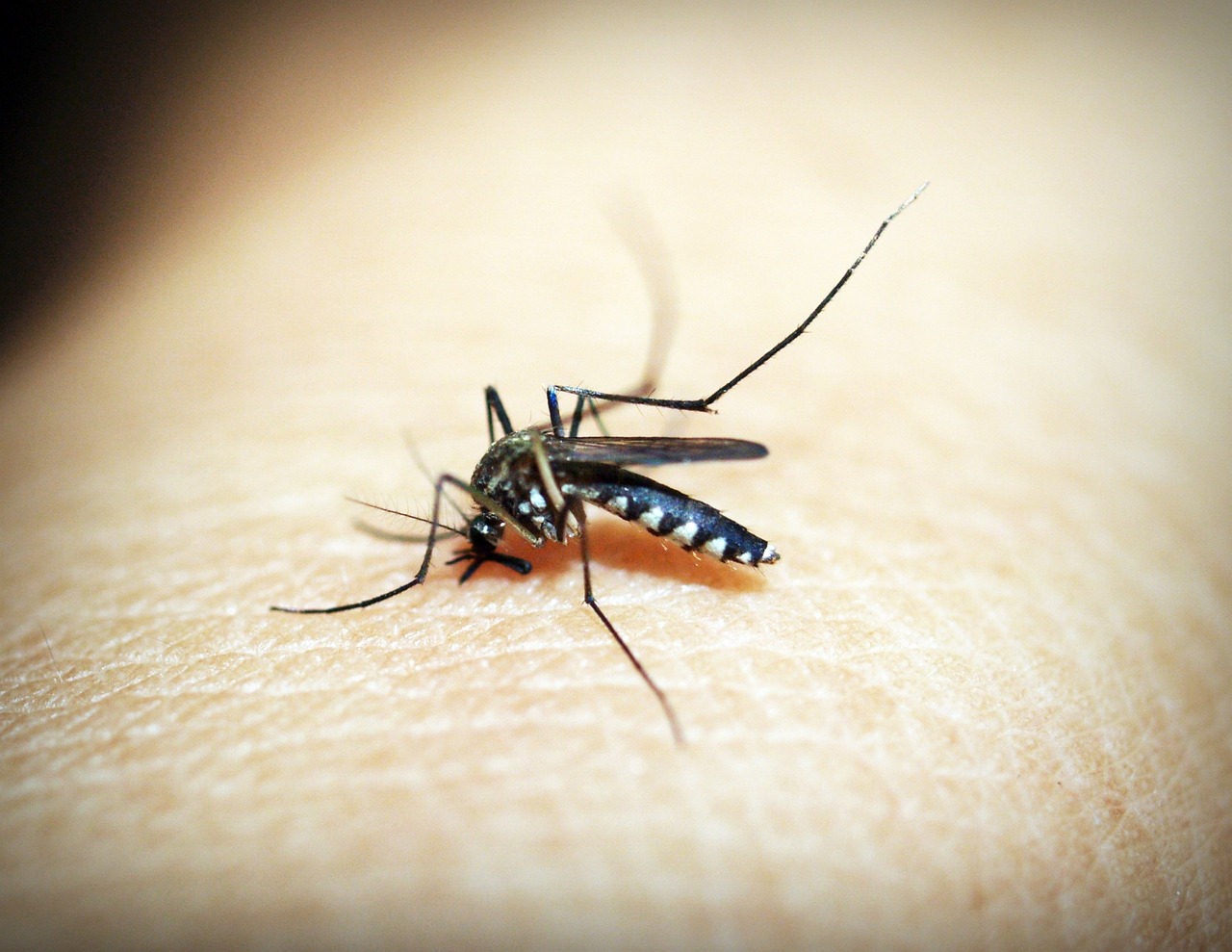
Great Lakes mosquitoes have evolved to be particularly attracted to certain blood chemistry profiles that are common in northern populations. The combination of dietary differences, genetic factors, and environmental influences creates a unique “scent profile” that these mosquitoes find irresistible.
People who spend time in northern climates often have different levels of certain compounds in their blood and breath that act as powerful mosquito attractants. The high-protein diets common in northern regions, combined with the metabolic changes that occur in cooler climates, can make individuals particularly appealing to local mosquito populations.
This specialized attraction means that visitors to the Great Lakes region often find themselves more heavily targeted than locals who have built up some tolerance or whose blood chemistry has adapted to be less attractive. It’s like being a walking mosquito magnet in a region that’s already saturated with these persistent pests.
The Persistence Factor: Never Give Up
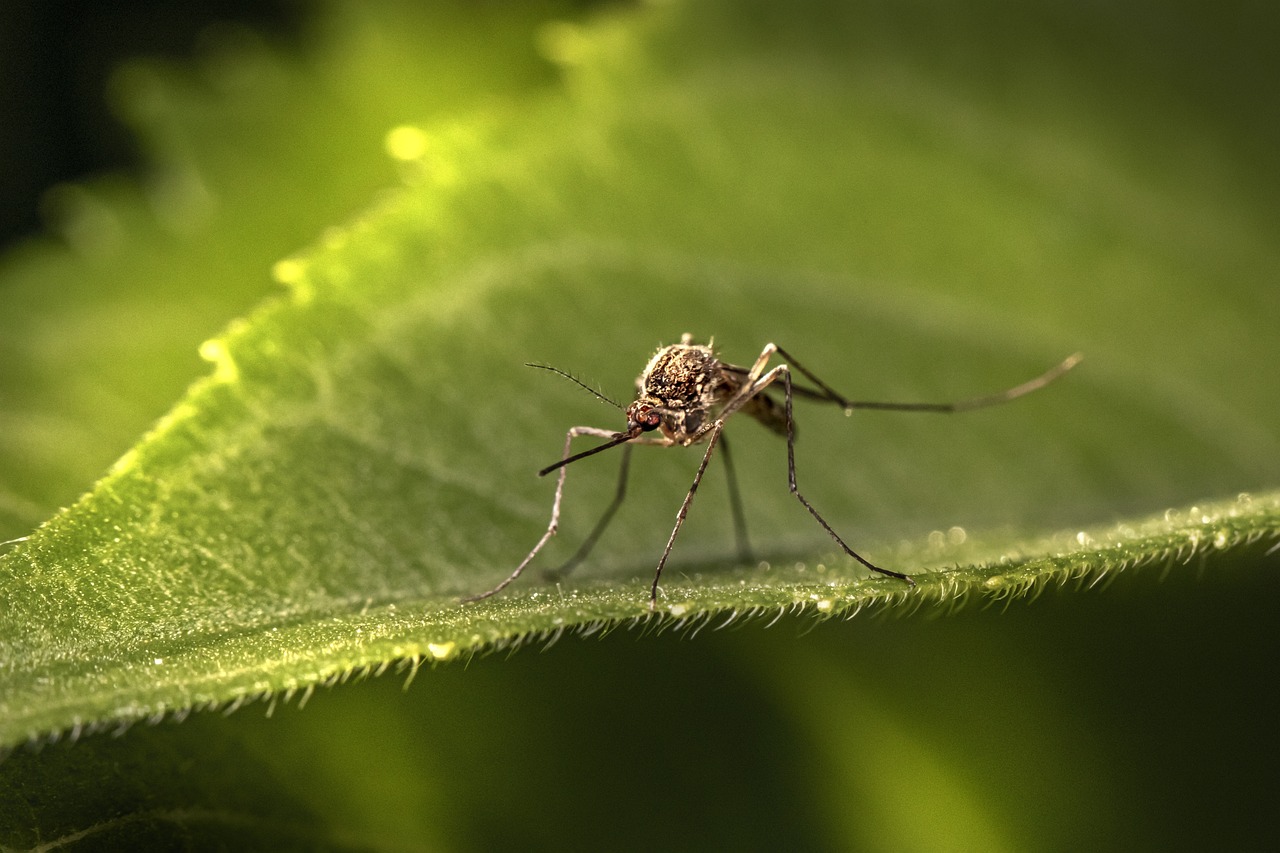
Great Lakes mosquitoes have developed an almost supernatural level of persistence that sets them apart from mosquitoes in other regions. This persistence is likely an evolutionary adaptation to the short feeding season and harsh conditions that characterize northern climates.
These mosquitoes will follow potential hosts for remarkable distances, circling back repeatedly even after being swatted away multiple times. They seem to possess an almost intelligence-like ability to wait for the perfect moment to strike, often attacking when their victims are distracted or unable to defend themselves effectively.
The persistence extends to their ability to find exposed skin through protective clothing and bug spray. Great Lakes mosquitoes are particularly skilled at finding the tiny gaps in clothing or the spots where bug spray has worn off. They’re like tiny bloodhounds that won’t give up once they’ve detected a potential meal.
Seasonal Timing: The Perfect Storm
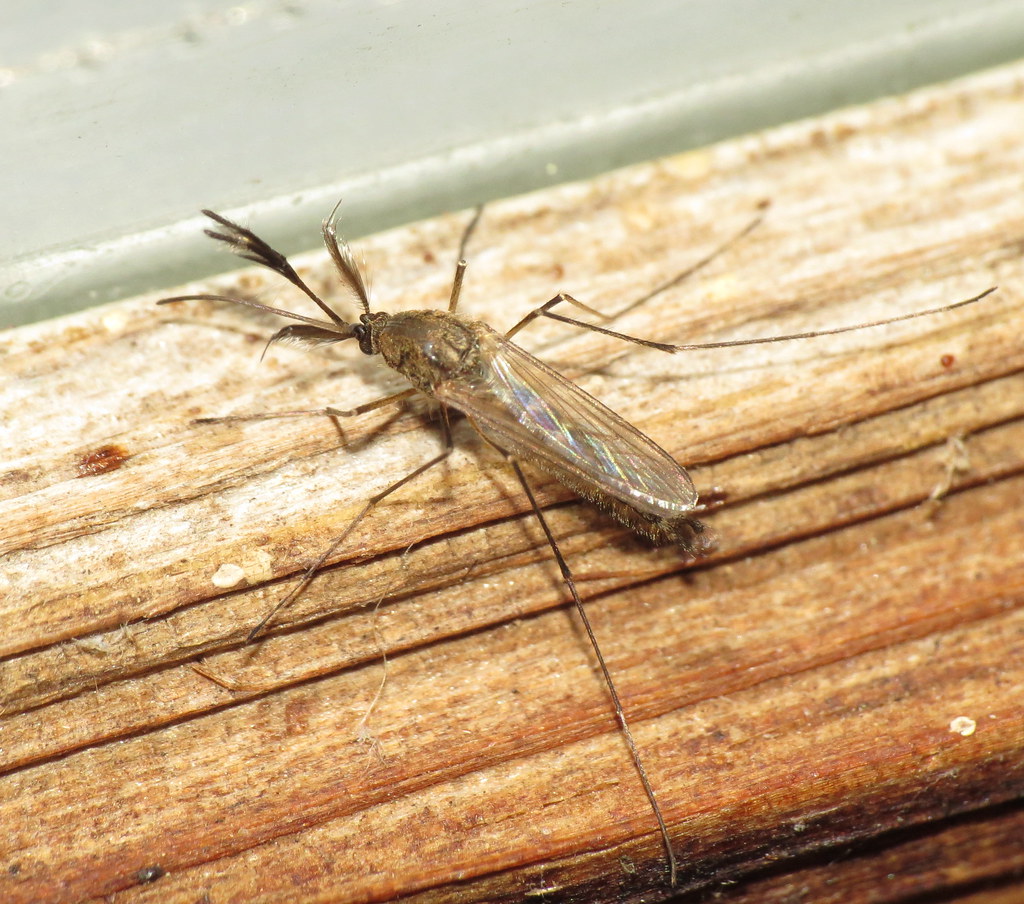
The timing of peak mosquito activity in the Great Lakes region perfectly coincides with when people most want to be outdoors. The warmest, most pleasant days of summer are exactly when mosquito populations reach their peak, creating an inevitable conflict between human outdoor recreation and mosquito feeding behavior.
This timing isn’t accidental – mosquitoes have evolved to be most active during the warm, humid conditions that also draw people outside. The long summer days that make the Great Lakes region so appealing for camping, hiking, and boating are exactly the conditions that allow mosquitoes to be active for extended periods.
The peak activity periods of dawn and dusk also coincide with some of the most magical times to be outdoors in the Great Lakes region. The stunning sunrises and sunsets that draw photographers and nature lovers are also prime mosquito feeding times, creating a frustrating trade-off between enjoying natural beauty and avoiding insect attacks.
The Swarm Effect: Strength in Numbers
When Great Lakes mosquitoes attack, they don’t come alone. The synchronized emergence and overlapping generations create swarm effects that can be truly overwhelming. These swarms can contain thousands of individual mosquitoes, all focused on finding blood meals simultaneously.
The swarm behavior is particularly intense near breeding sites where multiple generations emerge in close succession. A single wetland or flooded area can produce clouds of mosquitoes that are visible from a distance and audible from hundreds of yards away. Walking into one of these swarms is like entering a living, breathing tornado of tiny vampires.
The psychological effect of these swarms cannot be understated. Even people who are normally tolerant of insects can become overwhelmed by the sheer numbers and constant attacks. The swarms create a sensory overload that can drive people to abandon outdoor activities entirely, giving the mosquitoes exactly what they want – less competition for blood meals.
Defense Mechanisms: Why Nothing Works
Great Lakes mosquitoes have evolved countermeasures to many common mosquito control methods, making them particularly difficult to deter. Their cold-weather adaptations have made them more resilient to chemical repellents, while their size and strength allow them to push through physical barriers that would stop smaller mosquitoes.
The diversity of species in the region also means that no single control method is universally effective. What works against one species may be completely ineffective against another, and the constant succession of different species throughout the season requires constantly adapting defense strategies.
The sheer numbers involved also overwhelm many control methods. Even highly effective repellents can be overrun when facing swarms of thousands of mosquitoes. It’s like trying to hold back a flood with a screen door – the individual components might work, but the volume is simply too much to handle.
The Great Lakes region has created the perfect conditions for mosquito dominance through a combination of geography, climate, and evolutionary pressure. These northern bloodsuckers represent millions of years of adaptation to harsh conditions, resulting in insects that are larger, more persistent, and more aggressive than their southern counterparts. The massive water bodies, extensive wetlands, and complex forest ecosystems provide ideal breeding and feeding habitat, while the extreme seasonal changes have selected for mosquitoes that make the most of every opportunity.
Climate change is only making the situation worse, extending mosquito seasons and allowing new species to establish themselves in the region. The natural predator populations that might normally keep mosquito numbers in check are often overwhelmed by the sheer scale of mosquito production, creating a perfect storm of conditions that favor these persistent pests.
For anyone planning to spend time in the Great Lakes region during mosquito season, understanding these factors can help explain why the local mosquitoes seem so much more formidable than those found elsewhere. These aren’t just annoying insects – they’re highly adapted survivors that have turned blood-feeding into an art form. What would you have guessed made them so uniquely fierce?

